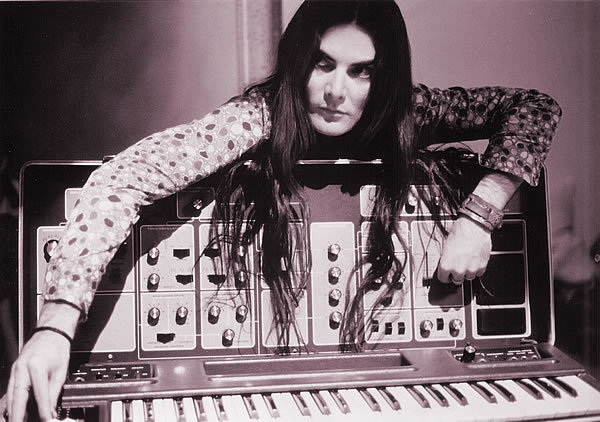Before the original Need for Speed games, before Gran Turismo and Forza, there was Formula One: Built To Win on NES. The first racing game on a home console for true car enthusiasts, by car enthusiasts.
Built To Win features realism unlike any other racing game on home consoles prior. For the first time, the player isn't simply thrown into a generic sports car sprite. Instead, you are treated with class and maturity, as the specs and history of real automobiles are displayed with true-to-life accuracy. This was unheard of at the time in 1990.
The game starts off with an intro displaying the cars featured in the game. These screens are like seeing a Barret-Jackson auction, you wish you could afford and drive these cars. However, they tease you with their awesomeness and make you want to work your way to the top to own one.
To get to the top of the racing world, you start off with your humble Mini Cooper:
Here we have a well-depicted map of the United States. Furthermore, this is where you will be racing.
Within each state, there are different shops and racing events. Each state has a garage or "Car Check" where you can check the status of your car and tune it. When your car is ready, head over to the Office to join a racing event in that area.
You start the game by doing low-rank races. Each race often requires a small entrance fee.



When you win the race, you are rewarded a cash prize, in which you can use to upgrade your car, or if you have enough money, you can buy a brand new one.
Upgrading the Mini Cooper engine with a V-8.
Across the states you will notice different markets and attractions. For example, if you're low on money, head on over to Las Vegas where you can do some gambling!
 |
Gambling all your hard earned money away
The Slot Machine |

Here you can play some Hot Slots from Casino Seta. The hopes of affording a Ferrari F-40 start here.
As you haul ass through each state in your Mini Cooper, eventually you will need a better car to compete in the higher skilled races.
Head on over to Detroit or Dallas and you will find a Car Shop.
Equipped with your hard-earned money, or your swift gambling skills, you now have the option to purchase a brand new car. A Vector W2 for $30,000 or a Ferrari F40 for $200,000.
 |
| decisions...decisions |

Once you get your car upgraded to the max and complete all the races, you will end up at Hawaii with the culminating event entitled "The Final Road".
Now the question is, ARE YOU? :








